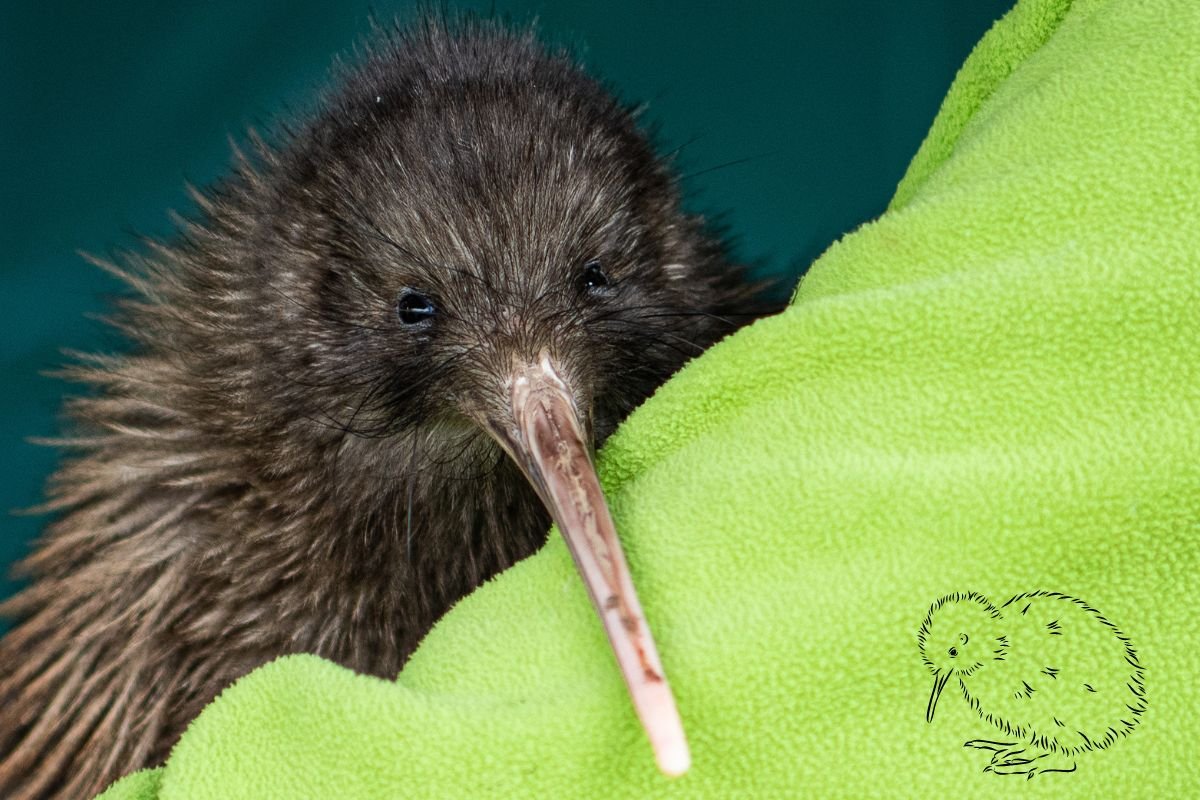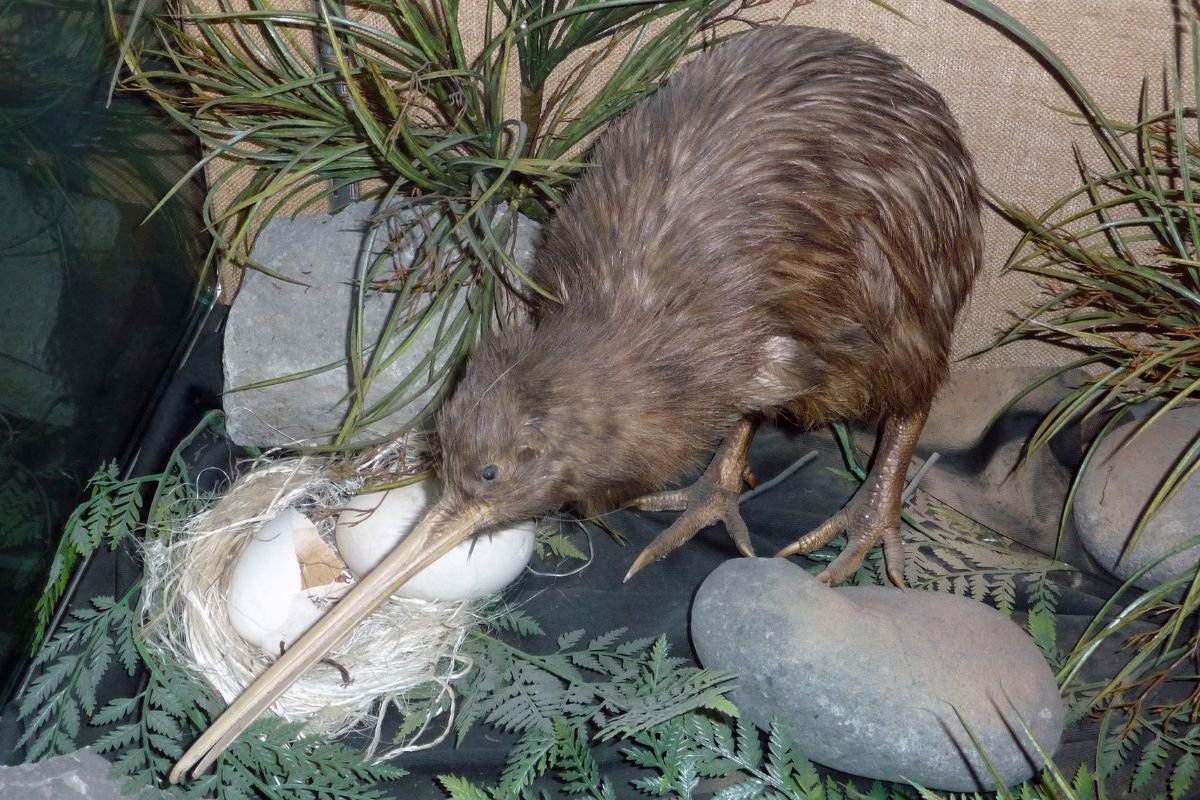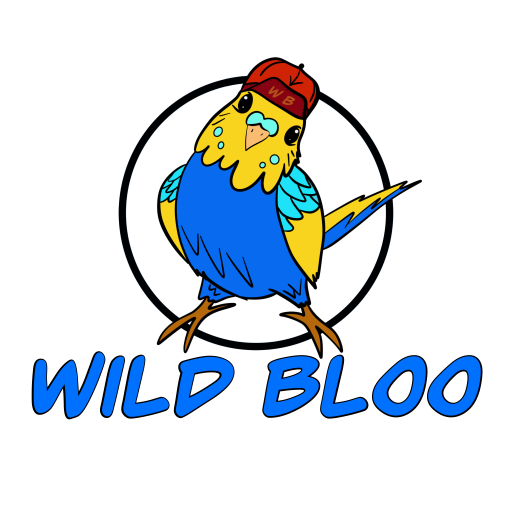The kiwi bird symbolizes New Zealand, showing the country’s rich biodiversity. This bird is special, with unique features and behaviors. As a flightless bird, it has adapted to New Zealand’s landscapes.
Learning about the kiwi bird is important. It shows its role in the ecosystem and the challenges it faces. Let’s explore the fascinating world of the kiwi bird together!
Key Takeaways
- The kiwi bird is a flightless bird native to New Zealand.
- It is known for its unique characteristics and behaviors.
- This bird plays a crucial role in New Zealand’s cultural identity.
- Understanding the kiwi helps us appreciate New Zealand’s diverse wildlife.
- Conservation efforts are vital to protect the kiwi population.
Introduction to the Kiwi Bird
The kiwi bird is a symbol of New Zealand wildlife. These birds are known for their unique features. They have long, slender beaks and feathers that look like hair.
The kiwi bird introduction shows the beauty of New Zealand’s nature and culture. Kiwis are important in the stories of the indigenous people. They remind us of the need to protect their habitats.
Kiwis are special because they can’t fly. Their night habits and hard-to-find nature add to their charm. They are a key part of New Zealand’s wildlife.
What Makes the Kiwi Bird So Special?
The kiwi bird is a remarkable symbol of New Zealand. It is known for its unique traits that make it stand out. These fascinating creatures have special features and carry a rich cultural significance. Exploring the kiwi gives us insight into their unusual characteristics and the origins of their name.
Unique Characteristics of the Kiwi
The kiwi bird is known for its peculiar qualities. One distinct trait is its egg size, which is remarkably large compared to its body. This is important for its reproductive process.
The kiwi lacks wings but has strong legs for foraging on the forest floor. Its sensitive nostrils at the end of its long beak help find food underground. These unique bird facts make the kiwi an intriguing flightless bird.
Why is the Kiwi Bird Called a Bird?
The term “kiwi” describes this unique creature and reflects its cultural roots. The kiwi bird name origin comes from the indigenous Māori language. It holds immense value in this culture.
Despite being flightless, the kiwi is still called a bird. This is because of its lineage and unique features. Its significance in Māori culture shows the bond between the kiwi and New Zealand’s people.
Exploring the Kiwi Bird’s Habitat
The kiwi bird is a symbol of New Zealand. It lives in different natural habitats that are key to its survival. Knowing these places helps us protect this special bird.
Natural Habitats of the Kiwi Bird
Kiwis live in forests, wetlands, and scrublands. These places give them what they need to survive. They like areas with rich soil and lots of leaves to find food.
The variety of plants in these areas also keeps them safe from predators. This makes them perfect for kiwi birds.
Conservation Areas and Protection Efforts
To save Kiwis, New Zealand has set up special areas for them. These places focus on fixing habitats and controlling predators. They are crucial for the kiwi’s comeback.
People working together is key to keeping these areas safe. This helps kiwi birds live well in their natural homes.
| Type of Habitat | Characteristics | Benefits for Kiwi |
|---|---|---|
| Forests | Dense tree coverage, rich undergrowth | Protection from predators, ample food sources |
| Wetlands | High moisture, thick vegetation | Ideal for nesting, a rich food supply |
| Scrublands | Low shrubs and grasses | Good foraging grounds, safety from larger animals |
10 Fascinating Facts About Kiwi Birds
The kiwi bird is a unique and intriguing species native to New Zealand. It has several interesting characteristics. These facts help us appreciate this remarkable bird more. Here are 10 facts about kiwi birds that highlight their size, diet, and social behaviors.
Size and Physical Features
The kiwi bird is about the size of a domestic chicken, weighing between 1.5 to 4 kg. They have long, slender bills. These bills are adapted for digging into the ground to find insects and worms.
Diet and Feeding Habits
The kiwi bird diet mainly includes insects, worms, and berries. They are omnivorous. They use their excellent sense of smell to find food buried underground.
Behavior and Social Structure
The social structure of kiwi birds is primarily solitary. They often prefer to live alone. During mating season, they use various vocalizations to communicate with potential mates.
| Aspect | Description |
|---|---|
| Physical Size | Ranging from 1.5 kg to 4 kg, similar to a domestic chicken |
| Diet | Omnivorous, primarily insects, worms, and berries |
| Feeding Behavior | Utilizes keen sense of smell for foraging underground |
| Social Structure | Solitary, with communication mainly during mating |
Understanding the Kiwi Bird Sound
The kiwi bird is famous for its unique kiwi bird sound. These sounds are key for bird communication. In New Zealand’s dense forests, they help kiwis mark their territory and connect with others.
Kiwi birds make their sounds at night, fitting their nighttime lifestyle. Their calls range from high-pitched whistles to deep grunts. Each call is important for their social life, helping them find mates and defend their space.
Learning about the vocalizations of kiwi helps us appreciate these birds more. Here’s a look at the main sounds and what they mean:
| Type of Sound | Description | Purpose |
|---|---|---|
| Whistles | High-pitched calls are typically used by males. | Attract mates and assert dominance. |
| Grunts | Deep, throaty vocalizations. | Communicate with others in the vicinity. |
| Chirps | Short, quick sounds are often made by chicks. | Indicate distress or hunger. |
| Trills | Rapid sequences of notes. | Establish territory and communicate during mating season. |
The vocalizations of kiwi show the complex social lives of kiwi birds. By listening to their sounds, we can understand their behavior and relationships in New Zealand’s ecosystems better.

Shop here: Kiwi Bird & Fruit Maple Cutting Board
The Life Cycle of the Kiwi Bird
The kiwi bird’s life cycle is quite fascinating. It starts with a unique way of reproducing. Kiwi birds lay a small number of eggs each season. This shows their interesting behaviors and caring nature.
Reproduction and Kiwi Bird Eggs
Female kiwi birds lay one to three eggs during the breeding season. These eggs are huge, weighing up to a quarter of the female’s body. The male guards the eggs for 70 to 80 days, protecting them from predators.
Kiwi Chick Development
Kiwi chicks are special from the start. They are precocial, meaning they can feed themselves right away. Covered in soft down, they quickly learn to find food and shelter. This is key to their growth.

How Many Kiwi Birds are Left?
The kiwi bird population is a big concern for many. Between 68,000 to 100,000 kiwi birds are estimated to remain in the wild. This number comes from ongoing studies of different kiwi species.
Not all kiwi species face the same risks. Some are more at risk, while others seem to be doing okay. Efforts to save the kiwi include breeding programs and protecting their habitats. These actions aim to increase the kiwi bird population.
It’s crucial to know how many kiwi birds are left. This knowledge helps in creating effective conservation plans. It’s key to protecting this unique, flightless bird for the future.
Why Did the Kiwi Bird Go Extinct?
The kiwi bird’s extinction is a complex issue. Several factors contributed to this. Non-native mammals like rats, cats, and dogs harmed their populations. These animals attacked kiwi eggs and chicks, disrupting their breeding.
Habitat loss also played a big role. Humans cleared forests for farming and cities, reducing kiwi habitats. This loss cut down their living space and food sources.
Humans hunting kiwis in the past also hurt their numbers. Today, thanks to conservation, some kiwi populations are doing better. But many species are still at risk.
In summary, predators, habitat loss, and hunting hurt kiwi populations. Without action, kiwi birds face a high risk of extinction. It’s crucial to understand these challenges to protect this iconic species.

Conservation Efforts and Future of the Kiwi Bird
Kiwi bird conservation is key to saving this unique species. Organizations like the Department of Conservation in New Zealand work hard. They focus on controlling predators, restoring habitats, and breeding programs to grow kiwi numbers.
The future of kiwi birds depends on teamwork. Community help is vital for understanding their needs and challenges. Educational programs teach people why kiwi conservation matters, encouraging them to help.
Here’s a look at some conservation efforts and their results:
| Conservation Initiative | Description | Impact on Kiwi Population |
|---|---|---|
| Predator Control | Implementing traps and monitoring to reduce predator numbers. | Increased hatchling survival rates. |
| Habitat Restoration | Restoring native forests and wetlands to provide safe habitats. | Expanded territory for breeding pairs. |
| Breeding Programs | Captive breeding and release of kiwi chicks into the wild. | Boosted population numbers in several regions. |
Keeping up the conservation work is crucial for kiwi birds’ future. Education and community action are key to helping preserve these amazing birds.
Conclusion
The kiwi bird is a symbol of New Zealand’s unique nature and its need for protection. It shows us the importance of saving this special bird. We must understand the threats it faces and the efforts to save it.
The kiwi’s survival depends on teamwork and community support. We need to raise awareness and take action against habitat loss and predators. Every step we take helps the kiwi and the entire ecosystem in New Zealand.
Conservation is key to keeping our planet’s biodiversity alive. By supporting the kiwi bird, we help ensure its place in New Zealand’s wildlife. Let’s work together to make sure future generations can see this amazing bird.
FAQ
How many kiwi birds are left?
There are between 68,000 to 100,000 kiwi birds left in the wild. Each species faces different risks.
Why did the kiwi bird go extinct?
Some kiwi bird ancestors went extinct due to predators, habitat loss, and human activities. These factors greatly affected their survival.
Why is the kiwi bird so special?
The kiwi bird is special because of its unique features. It has a long beak, hair-like feathers, and is a national symbol of New Zealand.
Why is kiwi called a bird?
The kiwi is called a bird because of its history and body features, even though it can’t fly. Its name comes from the Māori language, showing its cultural importance.
What does a kiwi bird egg look like?
Kiwi bird eggs are very large compared to their body size. They can weigh up to a quarter of the female’s weight. They have a smooth, glossy look.
Can you share 10 facts about kiwi birds?
Sure! Kiwis are flightless and nocturnal. They are about the size of a chicken. They have long, slender bills and eat both plants and animals. They communicate through sounds and are usually alone. They lay one to three eggs and have a special way of finding food. They are also a symbol of New Zealand.
What is the kiwi bird size?
Kiwis are about the size of a domestic chicken. They weigh between 1.5 to 4 kg and are 30 to 45 cm tall.
What is the kiwi bird habitat?
Kiwis live in forests, wetlands, and scrublands. They like areas with rich soil and leaf litter for foraging.
What does a kiwi bird sound like?
Kiwi birds make different sounds, from high-pitched whistles to deep grunts. These sounds are mostly heard at night because they are nocturnal.
How do you draw a kiwi bird?
To draw a kiwi bird, start with an oval body. Add a long beak and small head. Use wavy lines for its hair-like feathers. Don’t forget its long legs!
What is the kiwi bird diet?
Kiwis eat insects, worms, and berries. They use their sense of smell to find food underground.
Do kiwi birds have wings?
Kiwis have small wings, but they can’t fly. This is a key feature of this unique bird.
What type of food do kiwi birds eat?
Kiwi birds mainly eat insects, worms, and berries. They forage for food in the ground and leaf litter.
What are some fascinating facts about kiwi bird behaviors?
Kiwis are usually alone and use sounds to communicate, especially during mating. They have a unique way of finding food with their long beaks.

